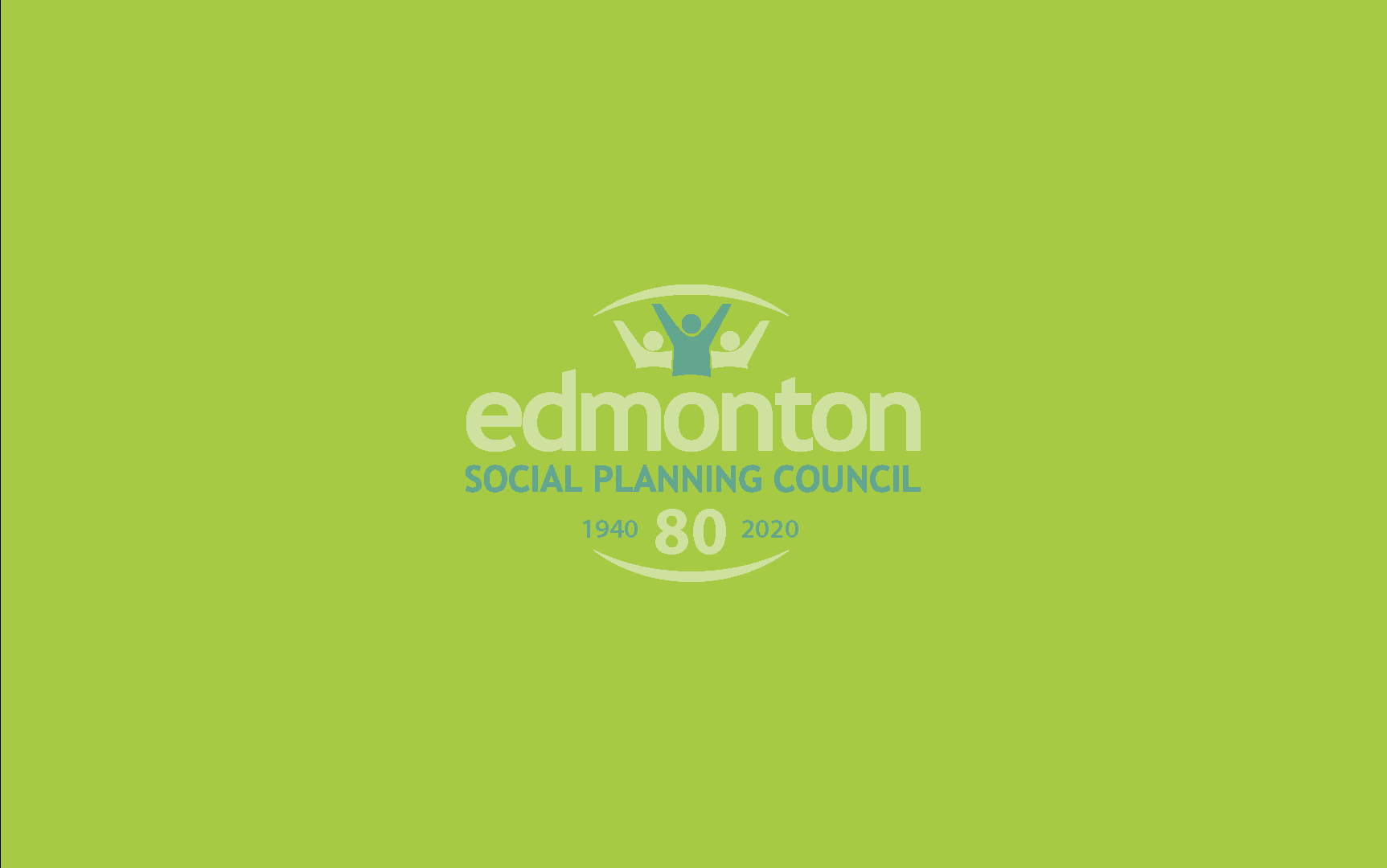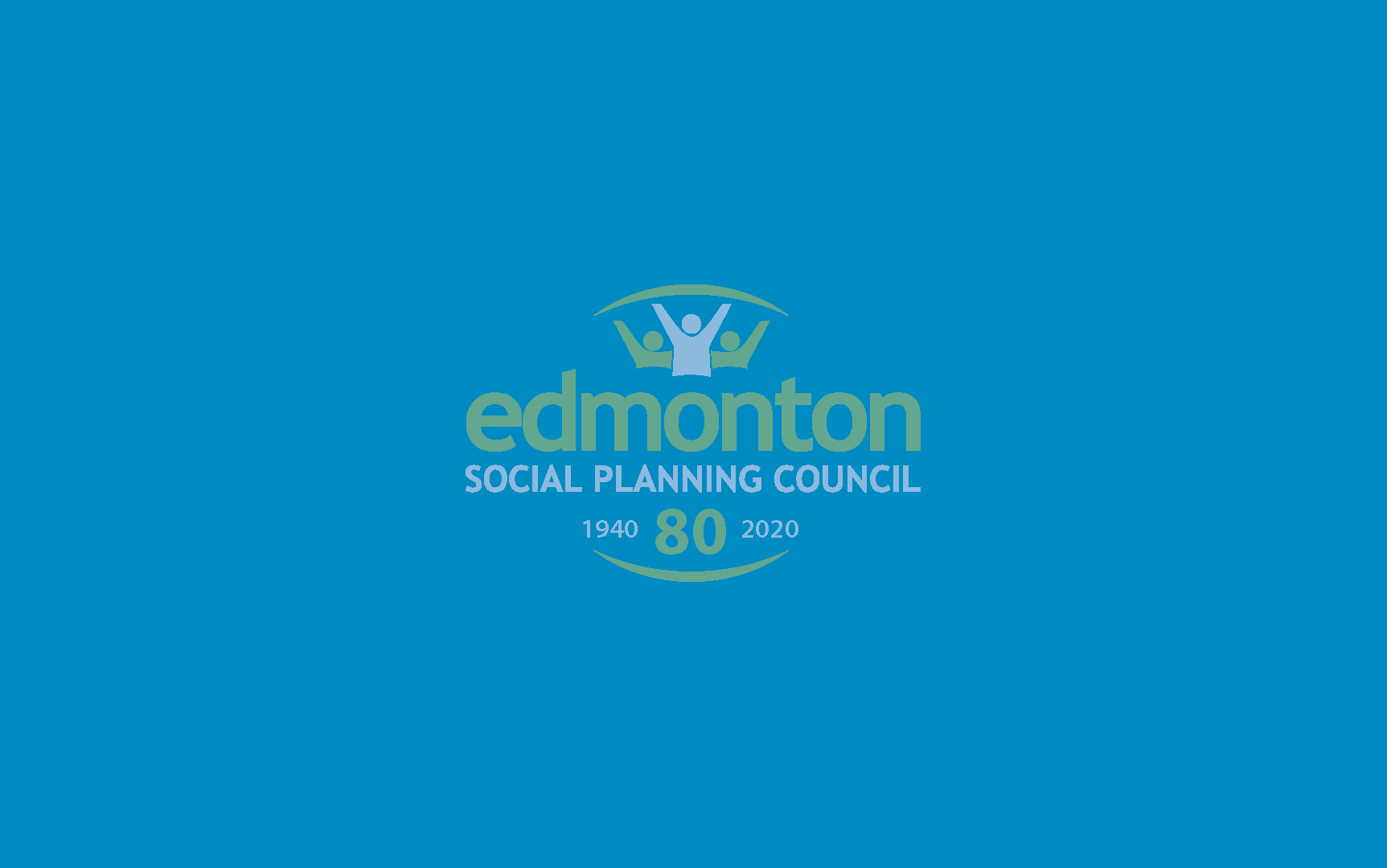[et_pb_section fb_built=”1″ _builder_version=”4.7.0″ custom_margin=”0px||0px||false|false” custom_padding=”0px||0px||false|false”][et_pb_row column_structure=”3_4,1_4″ use_custom_gutter=”on” gutter_width=”1″ _builder_version=”4.7.3″ _module_preset=”default” width=”100%” custom_margin=”0px||||false|false” custom_padding=”3px||5px|||” border_width_bottom=”1px” border_color_bottom=”#a6c942″][et_pb_column type=”3_4″ _builder_version=”4.7.0″ _module_preset=”default”][et_pb_post_title meta=”off” featured_image=”off” _builder_version=”4.7.4″ _module_preset=”default” title_font=”||||||||” custom_margin=”||3px|||” border_color_bottom=”#a6c942″][/et_pb_post_title][/et_pb_column][et_pb_column type=”1_4″ _builder_version=”4.7.0″ _module_preset=”default”][et_pb_image src=”https://edmontonsocialplanning.ca/wp-content/uploads/2020/08/boxes_1.gif” title_text=”boxes_1″ align=”center” disabled_on=”on|off|off” _builder_version=”4.7.4″ _module_preset=”default” width=”100%” custom_margin=”-2px||-1px||false|false” custom_padding=”||7px|||”][/et_pb_image][/et_pb_column][/et_pb_row][et_pb_row column_structure=”3_4,1_4″ use_custom_gutter=”on” gutter_width=”1″ make_equal=”on” _builder_version=”4.7.4″ background_size=”initial” background_position=”top_left” background_repeat=”repeat” width=”100%” custom_margin=”0px|auto|0px|auto|false|false” custom_padding=”37px|0px|44px|0px|false|false”][et_pb_column type=”3_4″ _builder_version=”4.5.6″ custom_padding=”0px|0px|0px|0px|false|false” custom_padding__hover=”|||”][et_pb_text _builder_version=”4.7.4″ _dynamic_attributes=”content” _module_preset=”default” text_font=”||||||||” text_text_color=”#000000″ custom_padding=”||32px|||”]@ET-DC@eyJkeW5hbWljIjp0cnVlLCJjb250ZW50IjoicG9zdF9kYXRlIiwic2V0dGluZ3MiOnsiYmVmb3JlIjoiIiwiYWZ0ZXIiOiIiLCJkYXRlX2Zvcm1hdCI6ImRlZmF1bHQiLCJjdXN0b21fZGF0ZV9mb3JtYXQiOiIifX0=@[/et_pb_text][et_pb_button button_url=”https://edmontonsocialplanning.ca/wp-content/uploads/2020/07/FACTIVIST-SUMMER-2020.pdf” button_text=”Download the Summer 2020 fACTivist” _builder_version=”4.7.4″ _module_preset=”default” custom_button=”on” button_text_color=”#ffffff” button_bg_color=”#008ac1″ custom_margin=”||41px|||” custom_padding=”||5px|||” hover_enabled=”0″ sticky_enabled=”0″][/et_pb_button][et_pb_text _builder_version=”4.7.4″ text_line_height=”1.6em” header_2_font=”|600|||||||” header_2_text_color=”#008ac1″ header_2_font_size=”24px” background_size=”initial” background_position=”top_left” background_repeat=”repeat” width=”95%” module_alignment=”left” custom_margin=”-1px|0px|2px|-96px|false|false” locked=”off”]
Note: this is excerpted from Summer 2020 edition of our fACTivist publication. The Edmonton Social Planning Council, in collaboration with volunteers and colleagues within the sector, strives to provide stakeholders and community members with updates on ESPC’s activities and projects, including articles and initiatives that address a variety of pertinent issues that affect our community
Written by Jenn Rossiter, in collaboration with the Multicultural Health Brokers Cooperative and Age of Wisdom
Canada is a welcoming nation that embraces newcomers, and supports diversity and healthy families within its communities. However, when immigrants arrive they often encounter regulations and policies that make settling in a new country difficult. This can be especially tough for senior immigrants who face additional challenges to access income programs that could help them gain independence and security in their new surroundings.
Senior immigrants typically arrive in Canada through the Family Class pathway, which allows Canadian citizens or permanent residents of Canada who are aged 18 years or older to sponsor family members (e.g. a spouse, child, parent or grandparent, or sibling).
Every sponsorship is subject to a federal Sponsorship Agreement, which specifies how long a sponsor must financially support the incoming family member (called the undertaking period). This timeframe has been steadily increasing, causing undue stress and uncertainty for those involved. At the moment, parents and grandparents (PGPs) who arrive via Family Class sponsorship are required to remain financially dependent on their sponsor for 20 years. This affects their lives in countless challenging ways.
The undertaking period for Family Class sponsorships has changed four times since the Immigration Act, 1976. From the late 70s, the undertaking period was between 1-10 years. However, the government found that sponsorship breakdowns were too frequent, leaving immigrants to rely on federal supports and costing the government money. In 1997, new regulations were introduced that put stricter financial requirements on a sponsorship, and set the undertaking period at 10 years.[i] The Immigration and Refugee Protection Act replaced Canada’s Immigration Act in 2002, and changed the undertaking period to either 3 or 10 years, depending on the relationship between sponsor and applicant. For example, the undertaking period for a spouse was only 3 years, whereas the undertaking period for PGPs remained 10 years.
In 2012, the federal government realized that 70% of PGPs’ income came through the federal Old Age Security pension (OAS) and the Guaranteed Income Supplement (GIS) programs.[ii] Of several amendments, the government doubled the sponsorship undertaking period for PGPs to 20 years, starting in 2014. This was meant to help ease government costs associated with federal and provincial social assistance programs, but also added financial responsibility to the sponsor—an annual increase of approximately 19% per household.2 Financial dependency can place a heavy burden on one family and household; these income supports could help alleviate anxieties, but program regulations are creating challenges.
Eligibility for OAS is based on residence and legal status requirements. Qualifying seniors must be over 65, be a legal resident, and have lived in Canada for at least 10 years. There are two levels of OAS: the full pension and the partial pension. In addition to the above requirements, recipients can qualify for the full pension if they have lived in Canada for a minimum of 40 years. The partial pension qualification, in addition to the basic requirements above, is determined by a calculation using the number of years lived in Canada, beyond the minimum of 10.[iii]
The GIS program is available to support seniors who qualify as low-income. Unfortunately, low-income rates among senior immigrants in Canada is nearly double that of non-immigrants, averaging at around 21%.[iv] Despite this, PGPs are typically not eligible to receive GIS until they have resided in Canada for a minimum of 10 years, are eligible for OAS, and their undertaking period has come to an end. For those immigrating after 2014, this means they cannot access GIS until they have been in Canada for a minimum of 20 years.
Generally speaking, PGP applicant eligibility (after 2014) could be summarized by the following:
For a senior immigrant who has legally resided in Canada for less than 10 years:
- Individuals are not eligible for OAS.
- Individuals are not eligible for GIS.
For a senior immigrant who has legally resided in Canada for 10-19 years:
- Individuals may be eligible for partial
- Individuals are not eligible for GIS.
For a senior immigrant who has legally resided in Canada for 20 years or more:
- Individuals may be eligible for partial or full
- Individuals may be eligible for GIS.
To illustrate this, consider a Canadian citizen who has just been approved to sponsor their 70-year-old mother. The mother will be 80 years old before she can apply to access any of these income supports, and could likely only access partial OAS at that point. She will have to wait until she is 90 years old to apply for GIS, and an incredible 110 years old before applying for the full pension! These extended wait times for seniors to access supports and benefits are inhospitable, and are negatively affecting families.
If the mother qualified for the partial OAS benefit after 10 years of residence, she would only receive ¼ of the full pension amount, meaning that, with current calculations, at the age of 80 she would receive a modest $153 each month[v]—an amount that would remain fixed for the remainder of her lifetime. All the while she will have been relying on her child to financially support her, paying for basic needs (food, shelter, clothing) and other necessities (health, transportation). Contributing such a small amount of money each month can leave PGPs feeling like a burden. This causes a lot of financial and emotional strain on a family, not to mention the impact of unexpected changes in health and income that are almost certain to occur in a household over a 10 or 20 year period.
These issues only begin to explore some of the extensive financial obligations and stresses that fall on PGPs and sponsors, and the challenges that PGPs face in trying to become independent residents in Canada. Canada is a country that welcomes newcomers, but this financial stress should be reduced to benefit its population, in a way that truly does support healthy families and communities.
References
[i] Citizenship & Immigration Canada (1998), http://publications.gc.ca/collections/Collection/Ci51-86-1998E.pdf
[ii] Government of Canada (2013), http://gazette.gc.ca/rp-pr/p1/2013/2013-05-18/html/reg2-eng.html
[iii] Government of Canada, https://www.canada.ca/en/services/benefits/publicpensions/cpp/old-age-security/benefit-amount.html#h2.2-h3.2
[iv] Statistics Canada (2019), https://www150.statcan.gc.ca/n1/pub/75-006-x/2019001/article/00017-eng.htm
[v] Government of Canada, https://www.canada.ca/en/services/benefits/publicpensions/cpp/old-age-security/guaranteed-income-supplement/eligibility.html
[/et_pb_text][/et_pb_column][et_pb_column type=”1_4″ _builder_version=”4.7.4″ custom_padding=”0px|20px|0px|20px|false|false” border_color_left=”#a6c942″ custom_padding__hover=”|||”][et_pb_testimonial author=”Posted by:” job_title=”@ET-DC@eyJkeW5hbWljIjp0cnVlLCJjb250ZW50IjoicG9zdF9hdXRob3IiLCJzZXR0aW5ncyI6eyJiZWZvcmUiOiIiLCJhZnRlciI6IiIsIm5hbWVfZm9ybWF0IjoiZGlzcGxheV9uYW1lIiwibGluayI6Im9uIiwibGlua19kZXN0aW5hdGlvbiI6ImF1dGhvcl93ZWJzaXRlIn19@” portrait_url=”@ET-DC@eyJkeW5hbWljIjp0cnVlLCJjb250ZW50IjoicG9zdF9hdXRob3JfcHJvZmlsZV9waWN0dXJlIiwic2V0dGluZ3MiOnt9fQ==@” quote_icon=”off” disabled_on=”on|off|off” _builder_version=”4.7.4″ _dynamic_attributes=”job_title,portrait_url” _module_preset=”default” body_text_color=”#000000″ author_font=”||||||||” author_text_align=”center” author_text_color=”#008ac1″ position_font=”||||||||” position_text_color=”#000000″ company_text_color=”#000000″ background_color=”#ffffff” text_orientation=”center” module_alignment=”center” custom_margin=”0px|0px|4px|0px|false|false” custom_padding=”32px|0px|0px|0px|false|false”][/et_pb_testimonial][et_pb_text disabled_on=”on|off|off” _builder_version=”4.7.4″ _dynamic_attributes=”content” _module_preset=”default” text_text_color=”#000000″ header_text_align=”left” header_text_color=”rgba(0,0,0,0.65)” header_font_size=”20px” text_orientation=”center” custom_margin=”||50px|||” custom_padding=”48px|||||”]@ET-DC@eyJkeW5hbWljIjp0cnVlLCJjb250ZW50IjoicG9zdF9jYXRlZ29yaWVzIiwic2V0dGluZ3MiOnsiYmVmb3JlIjoiUmVsYXRlZCBjYXRlZ29yaWVzOiAgIiwiYWZ0ZXIiOiIiLCJsaW5rX3RvX3Rlcm1fcGFnZSI6Im9uIiwic2VwYXJhdG9yIjoiIHwgIiwiY2F0ZWdvcnlfdHlwZSI6ImNhdGVnb3J5In19@[/et_pb_text][/et_pb_column][/et_pb_row][/et_pb_section]

